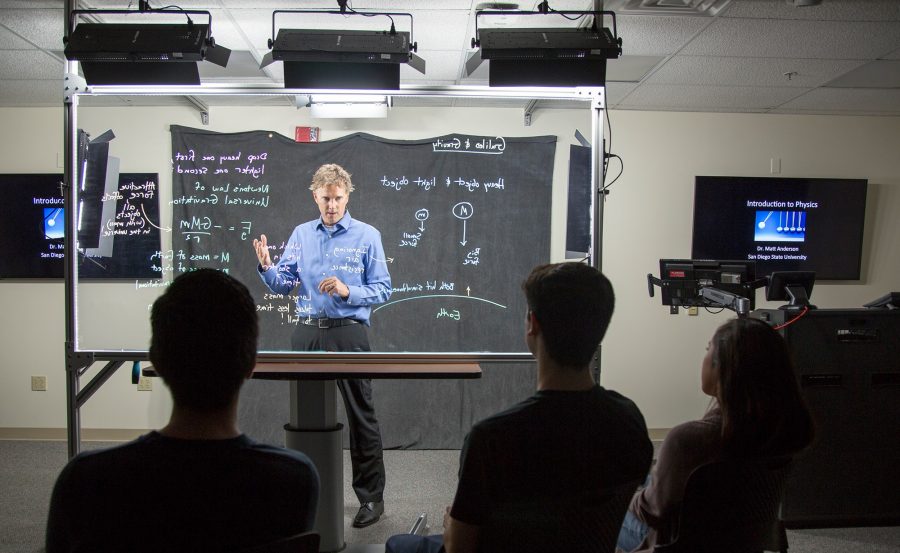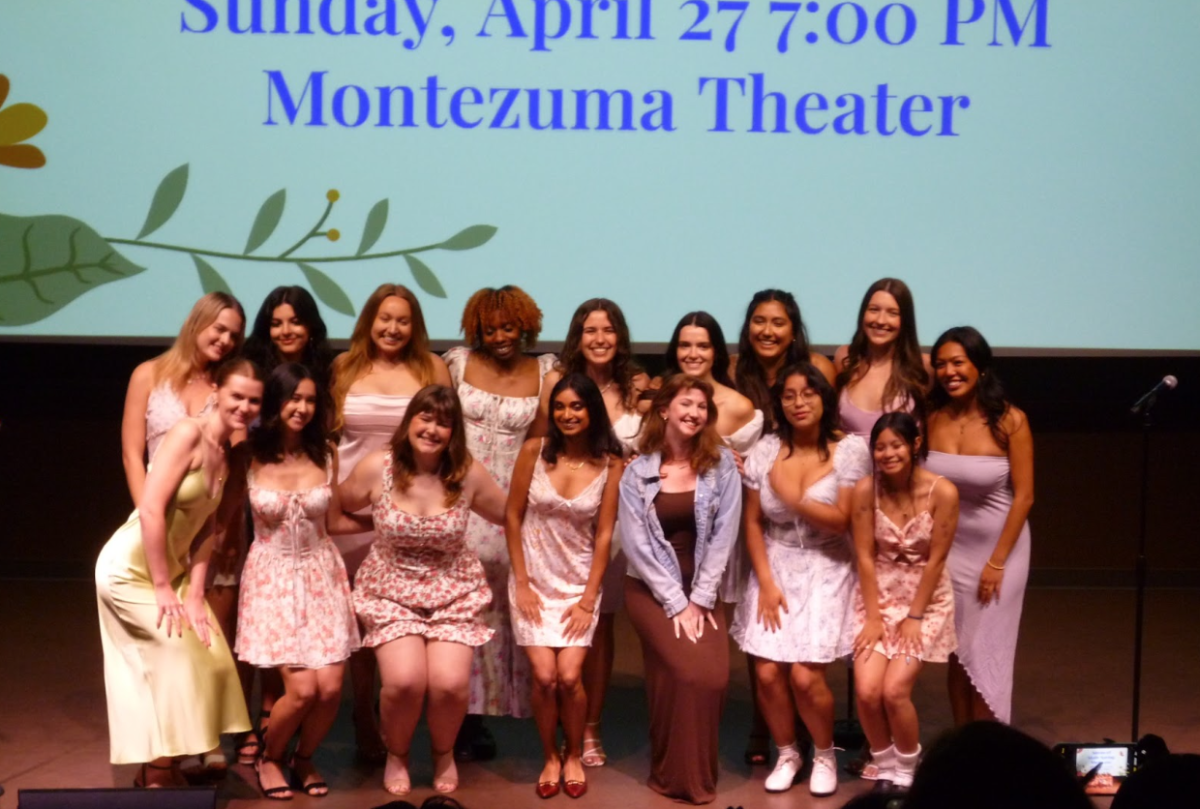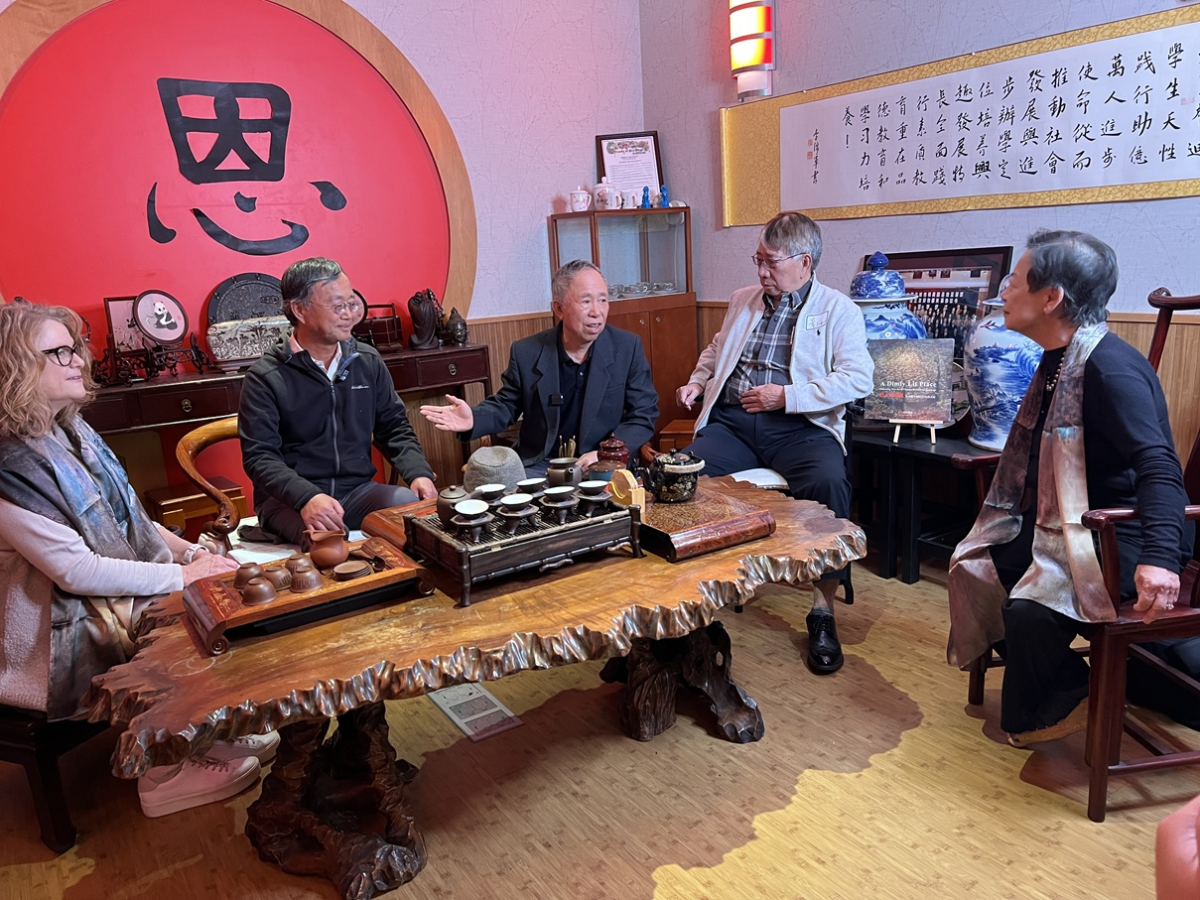Since its recent expansion in live large lectures this semester, the learning glass has changed the way students learn and develop their understandings in a wide range of areas.
The learning glass, an invention created by San Diego State physics professor Matt Anderson, challenged students to think creatively and clearly.
The infamous glass whiteboard is used to either project or record instructors notes by the use of a flipped recorded image.
The learning glass allows instructors to make a connection with students in the classroom setting through the enhanced visibility that it creates.
“Having your face that visible to the students in every seat in the auditorium puts some personality back into the lecture, which is ultimately what they want and what you should be delivering,” Anderson said. “It should not just be dry content, it should be your personality, your typical teaching persona that you have developed, that should be coming across as clearly as possible and I think learning glass has helped achieve that in the large auditorium setting.”
Instructional Technology Services Director James Frazee has even recognized Anderson as a key component and partner of ITS.
“Not only does Dr. Anderson think about the future of education, he takes action to find solutions to some of our most pressing problems,” Frazee said. “For instance, when he saw inadequacies in the current chalk and talk approach to classroom lectures, especially in high-enrollment courses, he invented the learning glass.”
Anderson first created the learning glass in order to record his lectures for his students in 2011 and 2012.
Since then and with the help of the instructional technology services department, the learning glass’s capabilities and popularity has grown nationwide. Other professors in different departments and universities have found the benefit of the learning glass in their classrooms.
Almost all of the Universities of California, Stanford, Duke, and Columbia are among the list of universities that learning glass has reached. Anderson uses the learning glass in his principles of physics class, and he continuously finds ways to put students up in front of the large auditorium behind the glass through different activities.
“It changes the whole dynamic of the room, it is peers teaching their peers, it really becomes much more relevant to the students,” Anderson said.
There has been an ongoing efficacy study in order to measure the correlation of learning outcomes and the learning glass. Anderson said one study concluded that the learning outcomes compared to a face-to-face lecture were equal, but students liked the learning glass lecture better due to the fact that they felt the professors presence better and they felt more connected. Anderson also said he is always looking to improve learning glass and some improvements are in the process right now.
Director of studio operations for the learning glass and electrical engineering senior Eric Johnson said, “I can see the learning glass expanding outside of the traditional classroom setting. It could be useful in the cooperate world for employee training or even for motivational speakers as a tool in presentations.”
The learning glass’s capabilities are continuing to grow and its significant impact around SDSU’s campus and other campuses is clearly visible.
“I hope that learning glass is just starting its journey and I hope we haven’t figured out all of the best ways to use it because I would love to maximize its potential and I don’t think we have completely tapped that potential yet,” Anderson said.












